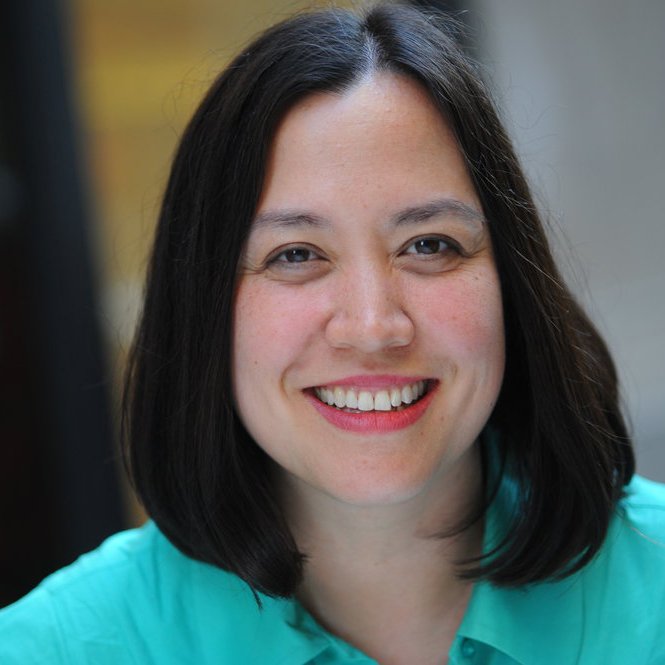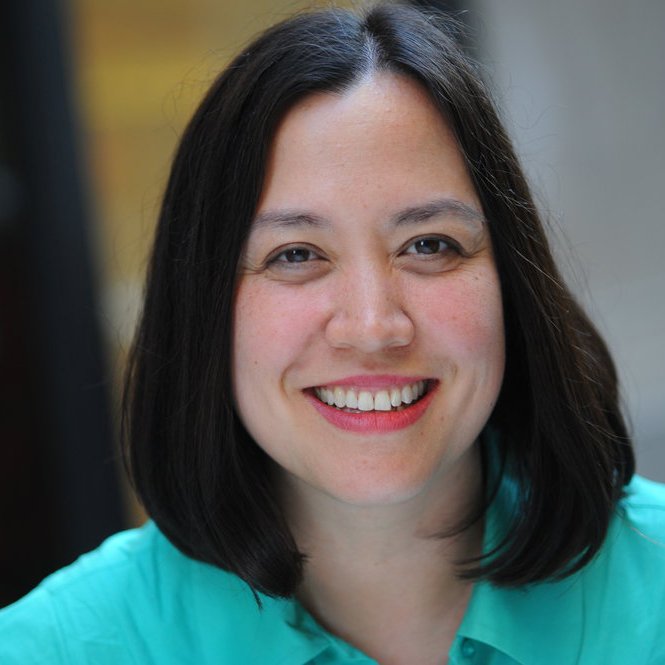Students Need Safety to Learn
Jared does his homework on his tablet. His mother Rocío Elorza is a volunteer at Our Voice: Communities for Quality Education (OVFE), a group seeking to shape the future of education in the Los Angeles Unified School District (LAUSD). Photo by Zaydee Sanchez for palabra
Students’ experience of physical and emotional safety is crucial to their ability to learn, understand abstract concepts and advance educationally, according to psychological and neuroscience research
Editor’s note: This story is part of the “Safe to Learn” ongoing investigative series, exploring how communities define safety for their children and what those children need in order to develop their full potential in and out of the classroom.
Haga clic aquí para leer el reportaje en español.
Conversations about school safety often focus on physical safety and violence prevention. But in order to learn and grow intellectually, children need to feel both physically and emotionally safe, according to neuroscience and psychological research.
Feeling safe and accepted is even more important for children who’ve experienced trauma because their nervous systems are more easily triggered into a fight, flight or freeze state, known as the fear response. That turns off activity in the prefrontal cortex, the region of the brain responsible for thinking, planning, emotion regulation and impulse control.
“If we perceive our safety is being threatened, then our physical responses kick in,” said Manuel X. Zamarripa, president of the National Latinx Psychological Association and co-founder of the Institute of Chicana/o/x Psychology and Community Wellness in Austin, Texas. “It puts all of our resources toward protecting basic safety, so it interrupts learning.”
‘Your whole person has to be safe, your heart and mind, or you’re not going to be able to be focused on what you need to do next, you’re not going to be able to pay attention.’
In Latino and Black communities, the threat of police violence or immigration enforcement can trigger that fear response and harm health. Indeed, during President George W. Bush’s second term, coordinated workplace immigration raids harmed even U.S.-born children of U.S.-born parents, who heard classmates share stories of coming home from school to find their parents gone, Zamarripa said. Educators and those who create environments that center children’s sense of safety will foster better learning outcomes because of the way human beings are wired. Schools should focus on the whole child, making sure they feel known, accepted, and safe, and that they see reflections of themselves in the adults, learning materials and educational spaces around them, according to experts in neuroscience and learning.
“Your whole person has to be safe, your heart and mind, or you’re not going to be able to be focused on what you need to do next, you’re not going to be able to pay attention,” said M. Christina Montoya, a school social worker based in Albuquerque, N.M. “Communities and their experience with police are different based on what neighborhood you grew up in…. In schools, we don’t know what a kid’s response is going to be.”
A NYPD School Safety Officer at a school in Lower Manhattan. Photo by Leonard Zhukovsky/Shutterstock
If even one child in a school building loses access to learning because a police officer or visible gun triggers their fear response, that outweighs the hypothetical benefit to safety, Zamarripa said. Since Hispanic and African-American communities in the U.S. generally haven’t had a reason to trust the police, their inclusion in schools doesn’t guarantee safety. Instead, Zamarripa advises, school staff should receive training in de-escalating conflict and providing supportive responses.
The impact of childhood adversity
All children need safe, predictable and nurturing environments to thrive and reach their full potential. This is even more true for students who have experienced adverse childhood experiences (ACEs), such as exposure to violence, an alcoholic or mentally ill parent, the loss of a parent or abuse. The greater number of ACEs, the higher likelihood of health problems, depression, unemployment, substance abuse and divorce as an adult. That’s because children who persistently feel unsafe become accustomed to staying on alert for a threat appearing at any moment, said Mary Helen Immordino-Yang, professor of education, psychology and neuroscience at the University of Southern California.
‘If we think about our immigration history, deportation is always conducted by somebody in uniform.’
Her team studied a group of students with at least one parent raised outside of the U.S.; about half of the students are East Asian and half are Latino. The more crime and violence they had heard about or witnessed, the more their brains appeared to have become habitually alert to something bad happening. “What you’re doing is systematically training the brain to maintain outward vigilance and attention,” said Immordino-Yang, who added, that may happen “at the expense of developing the ability to grapple with big ideas and abstract concepts.”
Racism and acculturation stress add another layer to the challenge. Often, students of color are serving as culture brokers for adults in their family and may be translating or code switching, which contributes to the pressure.
Protesters outside New York City Hall demanding the removal of police officers from city public schools. June 5, 2021. Photo by Ron Adar/Shutterstock
“For a lot of our kids, especially Latino kiddos, anybody in a uniform is somebody that screams danger. If we think about our immigration history, deportation is always conducted by somebody in uniform,” said Yolanda Rodriguez, a licensed clinical psychologist in Knoxville, Tenn. “It exacerbates that trauma response and is more likely to create a more unsafe feeling in the school.”
How educators create “felt safety”
Children need a sense of freedom: the ability to ask questions, pursue their curiosity, be silly and play. Educators who can support and mentor them — especially those from the same culture — can play a huge role in their healthy development as learners and develop the ability to plan and be organized.
“A great teacher will help you and motivate you to apply to college, to apply for that internship, to sign up for that class,” Rodriguez said. “When our teachers look and sound like us, automatically there’s a sense of trust.”
A good relationship with a teacher can influence a student’s future. Photo Monkey Business Images/Shutterstock
These relationships can influence children in the same way the attachment of an infant to a caring, responsive parent lays the foundation of safety, said Lori Desautels, assistant education professor at Butler University in Indiana. When students see themselves, their cultures and their communities reflected in their classroom, it cues safety in their nervous system and sets the stage for learning. For some children, that might mean seeing the flag and hearing music from their country or culture of origin, or simply seeing learning materials that reflect a diverse range of people and experiences.
Educators should think about how to create “this felt safety in the culture of my classroom and how am I communicating it to parents,” she said. “I cannot emphasize enough how important non-verbal language is, even my gestures, the way that I sit, and my tone. Am I inviting connection or am I signaling threat when I don’t mean to?”
When teachers and adults in school are calm and self-regulated, they lend their sense of safety to students around them. Children living with toxic levels of stress need this support in order to manage their behavior, thoughts and emotions, and avoid triggering the fear response.
“Feeling safe and feeling connected are not just warm fuzzy extras; they’re skills that build synapses in brain architecture,” Desautels added. “If those aren’t integrated and organized well, we cannot create a portal to access the cortex, and that’s where all learning happens.”
–
Katherine Reynolds Lewis is an award-winning science journalist covering children, behavioral and mental health, education, race, gender, disability, and related topics for The Atlantic, the New York Times, Undark, and the Washington Post, among others. Her book, “The Good News About Bad Behavior,” grew out of Mother Jones’ most-read story. A Harvard physics graduate, Katherine is the founder of the Institute for Independent Journalists and former national correspondent for Newhouse and Bloomberg News.
Julie Schwietert Collazo is a bilingual writer, editor, fact checker, and translator, as well as the co-founder and director of Immigrant Families Together, a nonprofit formed in 2018 to respond to the family separation policy. Along with Rosayra Pablo Cruz, she wrote “The Book of Rosy/El libro de Rosy,” published by HarperOne and HarperCollins Español in 2020. Both authors are featured in the documentary, “Split at the Root/Dividida en la Raíz,” which is streaming on Netflix.







